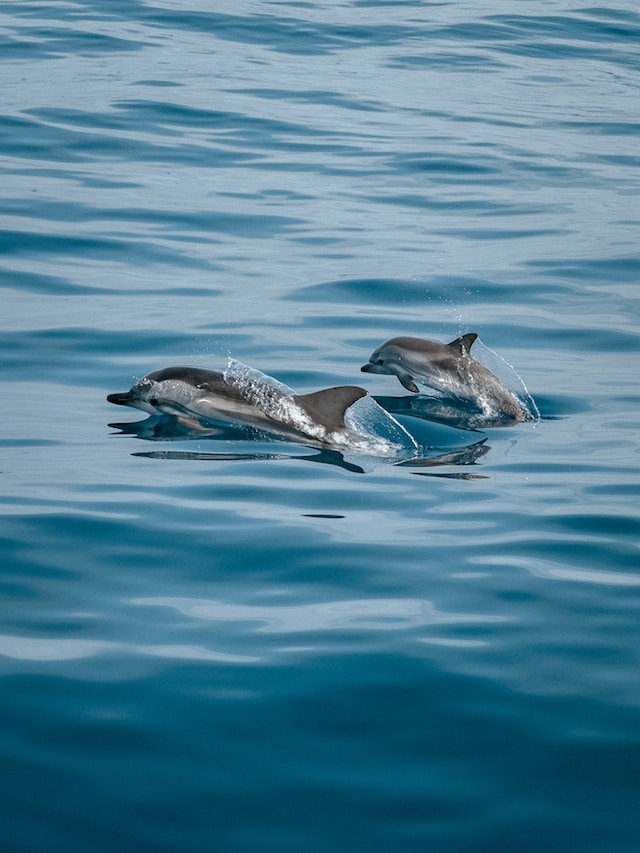Introduction: In the vast blue expanse of our oceans, dolphins reign as skilled hunters, showcasing their agility and intelligence. Their diet is as diverse as the marine ecosystems they inhabit. In this article, we delve into the fascinating world of dolphin cuisine, exploring the variety of prey they consume and the unique hunting techniques they employ to secure their meals.
I. A Carnivorous Palate: Dolphins are carnivorous marine mammals, which means their diet primarily consists of meat. Their feeding habits are shaped by their environment, with different species adapting to specific prey and hunting strategies. While the exact composition of their diet varies, dolphins generally feed on a range of fish, squid, and crustaceans.
II. Fish: A Staple Food Source: Fish make up a significant portion of a dolphin’s diet. Various species of dolphins have distinct preferences, depending on their geographic location and the availability of fish species in their habitat. Common prey fish include herring, mackerel, sardines, and anchovies. Dolphins are agile swimmers, utilizing their speed and precision to chase down and capture fish with remarkable efficiency.
III. Squid: A Slippery Feast: Squid are another important food source for many dolphin species. These cephalopods provide a high-energy diet, and dolphins employ specific hunting techniques to catch them. Some dolphins, such as the common bottlenose dolphin, use echolocation to detect and track squid in the water. Once located, they swiftly close in on their prey, using their sharp teeth to secure their meal.
IV. Crustaceans: A Delicacy from the Deep: Dolphins also feed on a variety of crustaceans, including shrimp, crabs, and lobsters. These elusive creatures inhabit different niches within the marine ecosystem, requiring dolphins to adapt their hunting strategies accordingly. Some dolphin species employ bottom-feeding techniques, scouring the ocean floor and using their snouts to root out hidden crustaceans.
V. Cooperative Hunting: Strength in Numbers: Dolphins are known for their exceptional social behaviors, and this extends to their hunting techniques. Certain species, such as the orca or killer whale, engage in cooperative hunting, where a group of dolphins works together to catch larger prey. This coordinated effort involves strategic positioning, communication, and the execution of precise maneuvers to surround and overwhelm their target.
VI. Ecological Impact and Conservation Considerations: As apex predators, dolphins play a vital role in maintaining the balance of marine ecosystems. Their feeding habits regulate prey populations, preventing overpopulation and preserving the health of the oceans. However, environmental factors such as overfishing, pollution, and habitat degradation pose significant challenges to their food sources. Ensuring sustainable fishing practices, reducing marine pollution, and establishing marine protected areas are crucial steps towards safeguarding the delicate balance of dolphin diets and their ecosystem.
Conclusion: The dietary preferences and hunting techniques of dolphins reflect their remarkable adaptability and intelligence as marine hunters. From swift chases after fish to strategic coordination during cooperative hunts, dolphins exhibit an array of skills to secure their meals. Understanding the intricacies of their diet not only deepens our appreciation for these remarkable marine mammals but also emphasizes the importance of preserving their habitats and food sources. By safeguarding the oceans, we ensure the continued existence of the diverse and captivating diet of dolphins, allowing them to thrive for generations to come.




